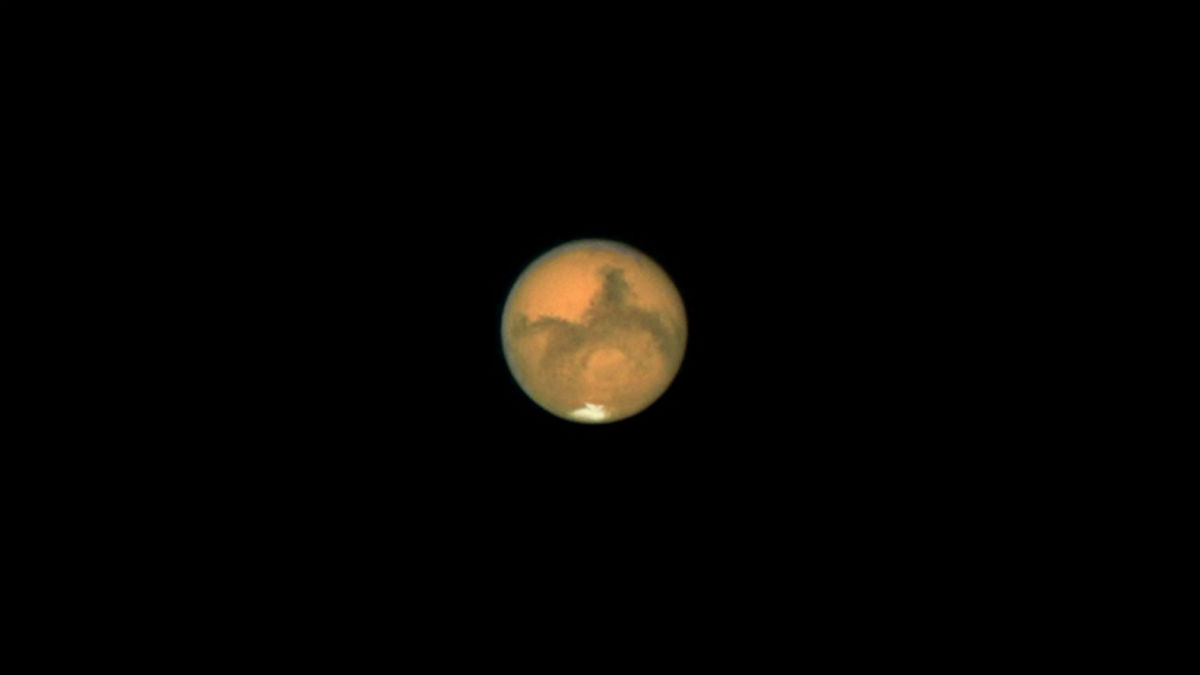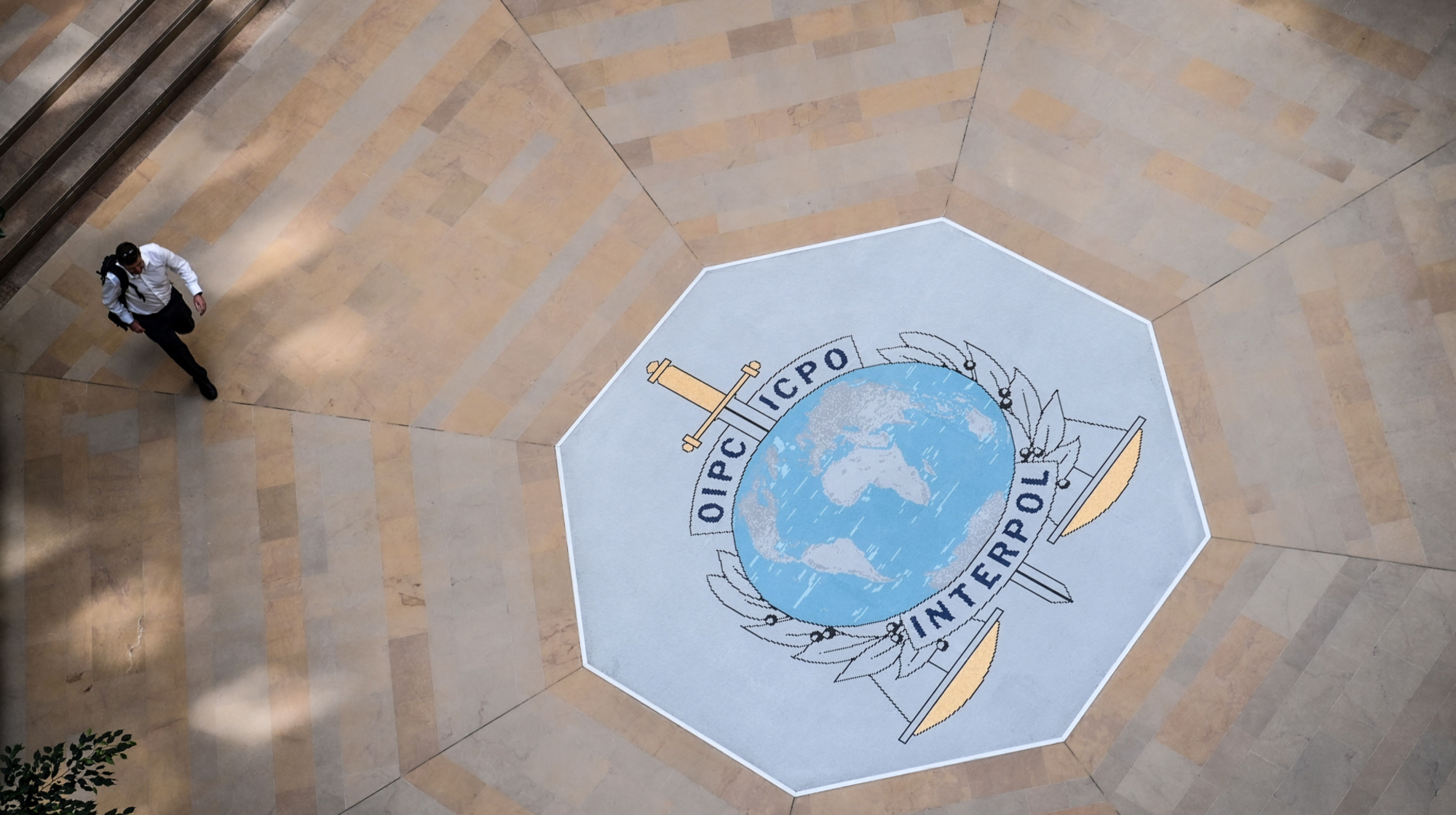Mars to pass closest to Earth in 11 years
Red Planet will be visible with the naked eye while binoculars or telescopes will show its amazing terrain

Mars will reach its closest point to Earth in 11 years later this month, sending stargazers dusting off the lenses of their telescopes and binoculars in the hope of catching a rare close-up.
The Red Planet's elliptical orbit means it will be a mere 47.2 million miles away on 30 May and will remain close and bright for the first two weeks of June. At this distance, some of the planet’s terrain will be visible with even the most basic equipment.
The planet’s brightness will also be exacerbated by a phenomenon known as “Mars opposition”, which occurs when Mars and the Sun line up on directly opposite sides of the Earth, The Independent reports.
The Week
Escape your echo chamber. Get the facts behind the news, plus analysis from multiple perspectives.

Sign up for The Week's Free Newsletters
From our morning news briefing to a weekly Good News Newsletter, get the best of The Week delivered directly to your inbox.
From our morning news briefing to a weekly Good News Newsletter, get the best of The Week delivered directly to your inbox.
Robin Scagell, the vice president of the UK’s Society for Popular Astronomy, told Sky News: “I observed [Mars] through quite a small five-inch reflecting telescope at the beginning of the month and could see a surprising amount of detail.”
If the skies are clear, the planet will be visible without the need for a telescope or binoculars for much of the night.
Meanwhile, Nasa, whose Hubble telescope has trained its lens on Mars this month, has released some stunning images showing what appear to be clouds and visible snow-covered polar ice caps on the planet. There are likely to be more photos released as the proximity between Earth and Mars is reduced.
The closest distance between the two planets was recorded in August 2003, when they were 35 million miles apart. When Mars is at its furthest, the distance can be as great as 250 million miles.
A free daily email with the biggest news stories of the day – and the best features from TheWeek.com
The planet will be visible right before midnight, when it will appear in the south-east corner of the sky, preceded by a pale-blue Saturn and the Moon.
-
 How Bulgaria’s government fell amid mass protests
How Bulgaria’s government fell amid mass protestsThe Explainer The country’s prime minister resigned as part of the fallout
-
 Femicide: Italy’s newest crime
Femicide: Italy’s newest crimeThe Explainer Landmark law to criminalise murder of a woman as an ‘act of hatred’ or ‘subjugation’ but critics say Italy is still deeply patriarchal
-
 Brazil’s Bolsonaro behind bars after appeals run out
Brazil’s Bolsonaro behind bars after appeals run outSpeed Read He will serve 27 years in prison
-
 Americans traveling abroad face renewed criticism in the Trump era
Americans traveling abroad face renewed criticism in the Trump eraThe Explainer Some of Trump’s behavior has Americans being questioned
-
 Nigeria confused by Trump invasion threat
Nigeria confused by Trump invasion threatSpeed Read Trump has claimed the country is persecuting Christians
-
 Sanae Takaichi: Japan’s Iron Lady set to be the country’s first woman prime minister
Sanae Takaichi: Japan’s Iron Lady set to be the country’s first woman prime ministerIn the Spotlight Takaichi is a member of Japan’s conservative, nationalist Liberal Democratic Party
-
 Russia is ‘helping China’ prepare for an invasion of Taiwan
Russia is ‘helping China’ prepare for an invasion of TaiwanIn the Spotlight Russia is reportedly allowing China access to military training
-
 Interpol arrests hundreds in Africa-wide sextortion crackdown
Interpol arrests hundreds in Africa-wide sextortion crackdownIN THE SPOTLIGHT A series of stings disrupts major cybercrime operations as law enforcement estimates millions in losses from schemes designed to prey on lonely users
